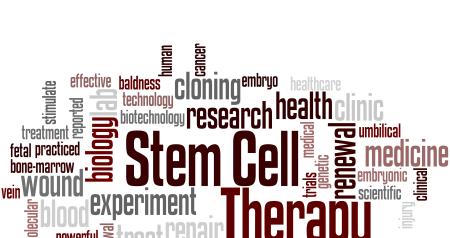Treating Pulminary Fibrosis with stem cells
Patients with pulmonary fibrosis are facing 3 main concerns:
- Difficulty breathing: shallow breathing, shortness of breath, even during rest, dry hacking and persistent cough
- Fatigue: difficulty breathing and low oxygenation of tissues produces chronic fatigue, aching joints and muscles, difficulty moving and getting daily tasks done
- Secondary conditions: low oxygenation of tissues will affect immune function and healthy functioning of all organs in the body
Regenerative stem cell therapy for Pulminary Fibrosis
Pulmonary fibrosis can significantly disrupt a person’s quality of life. The key goals of stem cell therapy for this condition is to repair lung tissue, oxygenate the whole body and help all tissues resolve the secondary symptoms.

Pulminary Fibrosis Treatment Plan
Our treatment plans generally last between 2 and 5 weeks, depending on your overall health, your condition, and the severity of your Pulminary Fibrosis symptoms. Anyone can sign up for stem cell treatment for Pulminary Fibrosis. Each stem cell treatment candidate will receive a tailored plan to help achieve the highest success rate for maximum therapy efficiency. Typically, stem cell therapy for Pulminary Fibrosis will resemble a program such as the one below, and will last for 4 weeks.

Stem cells
20 stem cell IVs

Plurisomes
5 Plurisomes IVs

Peptides & Nutraceuticals
20 IVs

Chelation
20 IVs

Ozone
4 sessions

Physiotherapy & Massage
4 sessions
Treatments
- Aging
- Alzheimer's disease
- Arthritis
- Back Pain
- Brain Injury
- Cerebral Palsy
- COPD
- Diabetes
- Fibromyalgia
- Heart disease
- Knees
- Lyme disease
- Multiple Sclerosis
- Neck Pain
- Neuropathy
- Opioid Addiction
- Pain
- Parkinson's disease
- Post-Viral Syndrome
- Pulminary Fibrosis
- Rheumatoid Arthritis
- Scleroderma
- Shoulder Pain
- Stem Cell Facelift
- Stroke
- More...

Benefits of stem cell therapy for Pulminary Fibrosis patients
Pluripotent stem cells can repair the lung tissue, balance the immune system and recover the lost organ function that comes with poor oxygenation of tissue.
-
Inflammation
The first benefit from stem cell treatment is immune regulation. Stem cells and their exosomes release immune and transcription factors that help immune cells to shift away from TH1 auto-immune reactivity. Detoxification IVs and anti-parasite treatments also help to restore immune function. This calms the alveolar and lung tissue destruction in its tracts, paving way for repair.
-
Energy Levels
The second level of benefit is usually observed after a minimum of 6-12 injections when lung tissue begins repair via the delivery of stem cells’ anti-fibrotic and angiogenic factors. This in turn increases oxygen delivery to the lungs and to other organs, and usually feels like increased energy levels, improved strength, balance and coordination, decreased pain and the ability of think again. Patients report that they feel like they are slowly ‘coming back’.
-
Organ Function Restoration
Pluripotent stem cells work on repairing not only lung tissue. They travel to all 220+ tissues of the body and gradually repair the systemic damage incurred from long-term poor organ oxygenation and perfusion. Heart function, circulation, digestion and other organ dysfunction continue to improve over time.
References and Literature
1. Antifibrotic effects and mechanisms of mesenchymal stem cell-derived exosomes in a systemic sclerosis mouse model: Possible contribution of miR-196b-5p - PubMed
2. Molecular Insight into the Therapeutic Effects of Stem Cell-Derived Exosomes in Respiratory Diseases and the Potential for Pulmonary Delivery - PubMed
3. Current and prospective applications of exosomal microRNAs in pulmonary fibrosis (Review) - PubMed
4. Exosomal miR-17-5p from human embryonic stem cells prevents pulmonary fibrosis by targeting thrombospondin-2 - PubMed


